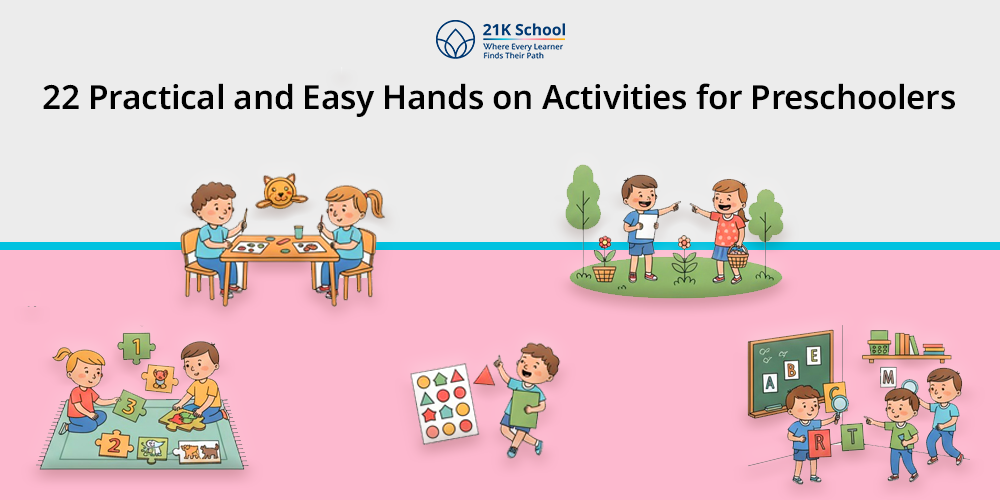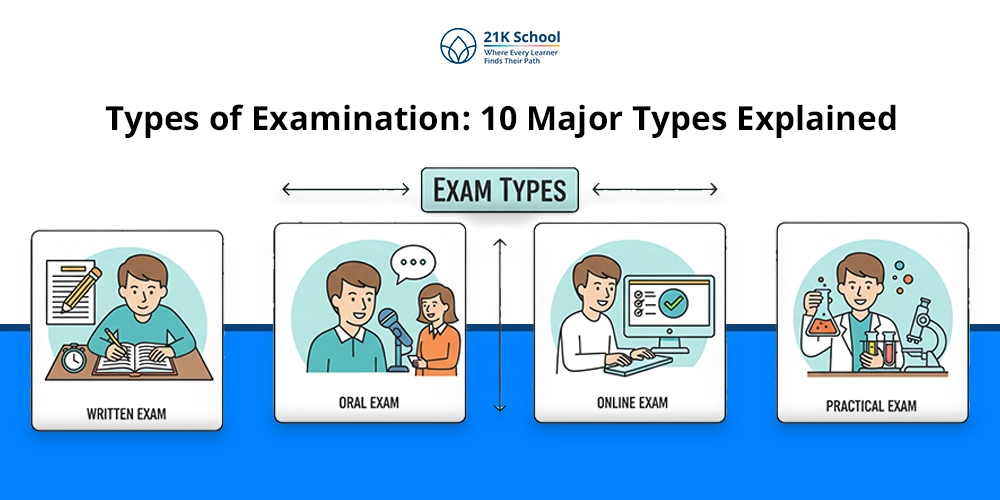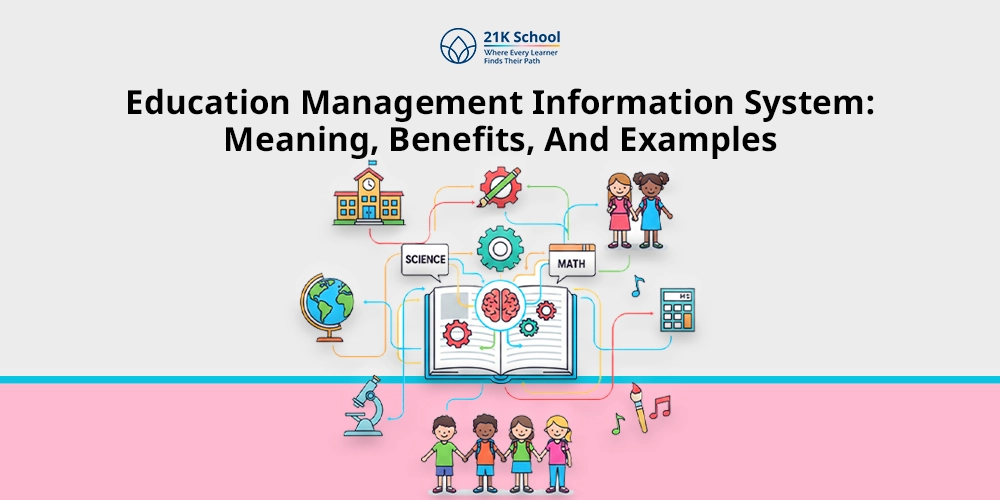
Young preschoolers like to explore this world, unlike us, by touching and playing. They are very small to learn from books.
This shows that you as a teacher or parent need to be active in selecting activities for your children that are easy to perform, with little stuff needed, and clear tips for execution.
Activities for preschoolers should invite fun in learning and develop the other cognitive skills, problem-solving , and creativity in your wards.
Let’s read out the list of some of the most awesome hands-on activities for kids but firstly have a small introduction with them.
Contents
- What are Hands-on Activities for Preschoolers?
- 22 Best Hands-on Activities for Preschoolers
- 1. Paper Plate Crafts
- 2. Alphabet Scavenger Hunt
- 3. Shape Bingo
- 4. Balloon Bounce
- 5. Fine Motor Activities
- 6. Nature Scavenger Hunt
- 7. Counting Puzzles
- 8. Stacking Blocks
- 9. Interactive Storytelling with Puppets
- 10. DIY Musical Instruments
- 11. Nature Collages
- 12. Counting Games with Everyday Objects
- 13. Planting Seeds and Gardening
- 14. Color Mixing with Paint
- 15. Obstacle Course
- 16. Shadow Play
- 17. Sorting and Categorizing Games
- 18. Dramatic Play
- 19. Science Experiments
- 20. Homemade Playdough
- 21. Water Play
- 22. Cooking and Baking Activities
- Final Comments
What are Hands-on Activities for Preschoolers?
Kids of preschools are very much interested in fun learning exercises called hands-on activities, that they play and learn from.
The age between 3-5 years is truly vital for building thinking skills and child brain development of preschoolers, which is why they are supported from a small age to get these practical experiences.
Even educators and parents need to guide their children when they learn by doing, encouraging their innocence to get shaped into the form of learning .
As much as you think that these hands-on activities are only for enjoying purposes, they also are seen to make your small kids cognitively, emotionally, and creatively better than other kids.
So, you need to plan when you want your kids to have familiarity with hands-on learning and with the help of what activities. To help you out we are providing some very popular tasks that your wards might love and make early childhood education really memorable.
22 Best Hands-on Activities for Preschoolers
I know that when you are in the middle of choosing what’s best for your kids, especially when there are so many of them available, it can become confusing and to be accurate, exhausting.
But your search for some great and lively hands-on exercises might end if you go through the following section and give it an attentive read:
1. Paper Plate Crafts
Paper plates are convenient to find in your homes.
Their fine-motor skills , eye-hand coordination, and creativity can be better with time if you may allow your loving kids to make masks, animal faces, or even abstract art on that.
- Needed Items: Most basics are colours, paper plates, threads, scissors, and glue.
- Execution Steps: Start with freedom to draw anything on the plates. Giving your kids all the materials they need. If they need your assistance with cutting or gluing and help them with that.
- Careful Tips: It is up to you and your child to choose whichever decorative, craft and drawing items you would like to work with. Just be safe with utilizing scissors and glue.
2. Alphabet Scavenger Hunt
For kids who really love to walk and learn, alphabet scavenger hunt can be a favourite game.
Parents often play these games with their wards while they are busy in cooking or other household chores and teach them the lessons on problem-solving, observation, and improving vocabulary.
- Needed Items: Objects starting from each letter, and a list of alphabets.
- Execution Steps: You should first tell your kid to find some simple objects starting from each alphabet mentioned in the list. Your kids would find them and then name them and describe which alphabet relates to which item.
- Careful Tips: Go easy with placing things which means easily to be found and light in weight.
3. Shape Bingo
You might have once played Bingo in your life, and preschoolers enjoy it as shape bingo, where they have to memorize and retain shapes by marking them as quickly as possible.
- Needed Items: Shape bingo cards and markers.
- Execution Steps: Carried out with a group of children. Call some simple shapes like triangles, squares, and circles in each turn. When the task is first completed, marking the shapes on the card will shout “BINGO” and win finally.
- Careful Tips: Playful exercises like these form team-competence in children, so play in groups.
4. Balloon Bounce
A great activity for small children can be this bouncing balloons fun-loving exercise.
Kids love to engage in these activities unknowingly boosting gross motor skills and ocular movements.
- Needed Items: Balloon
- Execution Steps: It is simple to execute. Just take a balloon and tap it back and forth till you end your counting.
- Careful Tips: Keep your space clean so that balloons stay intact and you can play for a longer time with them.
5. Fine Motor Activities
Fine motor activities is an umbrella term that involves small and well designed methods of doing things like writing, painting, and putting beads in threads.
- Needed Items: Materials of your choice like threads, beads, buttons, glue or tweezers.
- Execution Steps: Apply different techniques for pasting buttons, or may be put on the beads with threads and needles making a bracelet or necklace.
- Careful Tips: Parents should avoid losing attention from your kids when they deal with small stuff.
6. Nature Scavenger Hunt
Similar to alphabet scavenger hunt, nature can also be explored bringing both the natural components and your wards together to entertain themselves.
Moments like this stay with us and manifest Cognitive development of Children along with nature’s love.
- Needed Items: Leaves, plants, and trees in a garden. You can make a checklist of these separately for your kid.
- Execution Steps: Once you start playing with your small enthusiasts, give them the list of things they are asked to search for. Move forward in the process when they complete the checklist and then encourage them to talk about each item.
- Careful Tips: There can be some harmful plants, let your learners stay away from them.
7. Counting Puzzles
Counting puzzles are about matching numbers with the respective numbers of objects like fruits, or flowers.
These are types of educational activities for learning counting numerals and remembering them in preschoolers where they match numbers to items.
- Needed Items: Printable puzzles, laminator, and scissor (to cut in half).
- Execution Steps: Allow kids to connect pieces of things with numbers like 4 has to be matched to 4 lilies.
- Careful Tips: Bring in critical thinking skills into play with misarranging the materials.
8. Stacking Blocks
Kids enjoy working with blocks when they stack them one on another to build structures they like.
Creative thinking , visual learning , and problem solving are components of development getting enhanced in these plays.
- Needed Items: Blocks made of plastic or wood, or may be just stones (coloured).
- Execution Steps: Shuffle the blocks in front of the children. See what they make from their imagination (a bridge, tower, building).
- Careful Tips: If the stack is of stones, pay attention that kids don’t harm their body.
9. Interactive Storytelling with Puppets
Here, we talk about storytelling for learning and puppets.
You will see how storytelling facilitates dialogue making, observing skills, and social skills of your own wards.
- Needed Items: Hand-made puppets, or dolls from the market.
- Execution Steps: The freedom should be of children to create stories of their puppets after naming them and observing.
- Careful Tips: If careful listening is done, you will notice how they observe others’ behaviours and emotions. Correctly deal with negative ones out of them.
10. DIY Musical Instruments
Musical instruments fascinate kids and adults equally and make them at your home in another journey of enthusiasm and learning.
You can make DIY guitars, drums, and the easiest maracas.
- Needed Items: For maracas (rice and empty bottle), for drums (empty circular lunchboxes, hard tapes and small sticks top covered with rubber), and guitar (empty shoebox, rubber band, threads, cartoon rods)
- Execution Steps: Even if children want to do it on their own, assist them in making these DIY music instruments and let them enjoy it. In case of maraca making, put a fist full of rice inside the empty bottle and enjoy the rhythms created.
- Careful Tips: Do the cutting and pasting parts of the process by yourself and keep your kids safe.
11. Nature Collages
This is the natural activity that connects nature with you and making collages sounds already enlightening.
Gathering and preserving memories from your child’s early ages in the form of nature collage is appreciable.
- Needed Items: You will need leaves, flowers, twigs, and small pebbles, cardboard or sheet for frame, and glue.
- Execution Steps: In simple steps put every colorful leaf, pebbles, twigs and flower in an arrangement you like. Then glue them all one in the same sequence in the frame.
- Careful Tips: Take care that children don’t stuff anything in their mouth during the kid’s play.
12. Counting Games with Everyday Objects
Counting games is one more hands-on activity for educating your kid about numeric knowledge and maths skills.
If any object is found in the daily study routine of preschoolers, include it as well like pencils, sketch pens, books, and chocolates.
- Needed Items: Simple countable materials like books, copies, colour pens, and spoons.
- Execution Steps: In anyways when your kid starts being a bit restless or annoying, keep them busy with counting things found around them. Like “how many crayons do you have in your kit?”
- Careful Tips: With loving attitude tell them to count the numbers loudly so that you listen and correct if needed.
Also read how to learn maths easily .
13. Planting Seeds and Gardening
For kids, they mimic their parents’ actions and if you join seed planting, they try to do the same thing happily.
- Needed Items: small shovel that you will handle, seeds, water, and gloves.
- Execution Steps: So, when you go gardening, assign small tasks like planting seeds or watering seedlings to your wards.
- Careful Tips: Wear gloves and give them to small children to protect their hands from insects or any other infection.
14. Color Mixing with Paint
A part of your brain loves colours and mixing matching of paint-colours results in brain advancement.
This is how you can help in your kid’s creative thinking growth .
- Needed Items: Paints or water colours that are easily washable.
- Execution Steps: Mix different colours and make new ones, exploring the ranges in colour spectrum.
- Careful Tips: Clearly wash your kids cloth in a washing basin.
15. Obstacle Course
You might remember something like an obstacle course where we used to place different cushions, and objects and make a place of our own to chill.
Children enjoy this type of physical activity to improve motor skills and spatial awareness.
- Needed Items: Big cushions, stuff toys, an open area and chairs.
- Execution Steps: Place everything one after another randomly but still creating space for kids to pass through them.
- Careful Tips: Leaving children on their own can be dangerous as if they might get hurt from obstacles.
16. Shadow Play
When light goes off, this is a kind of magic activity where kids experiment and play with shadows and lights.
- Needed Items: Nothing
- Execution Steps: Light a flash or torch or candle light. Opposite to it on the wall make different shapes and motivate your children to do similarly.
- Careful Tips: Keep your loved ones close as they might get afraid in the dark.
17. Sorting and Categorizing Games
Starting from sorting and then categorisation develops sensory elements of growth and retention in children.
The basic pattern recognition of shapes, colours and textures is easy to be fed in each small learner with its help.
- Needed Items: Items from sensory bin, or pebbles of different colours.
- Execution Steps: Bring the whole package or bowl of different coloured or shaped items in front of the child, and tell them to sort and categorize them based on size or colours.
- Careful Tips: Provide materials and their sorting according to their choice and likings.
18. Dramatic Play
Kids in the living room or garden set up their own drama plays acting like a teacher, homemaker, or doctor.
These role plays introduce real world situations, observation, and social and emotional learning in kids’ preschool era.
- Needed Items: Props like newspaper, a cup of tea, specs, and office going bag (here we are considering the role of a father).
- Execution Steps: Kids will perform however they see their fathers to behave when coming from office.
- Careful Tips: Showcase of any bad behaviours should be counselled properly and positively train them to remove those thoughts and behaviour.
19. Science Experiments
Small and simple science experiments for young scientists like making crystals, or mixing acid and base to form salt can amaze preschoolers.
Through these activities they feel more confident about their science concepts, and logical thinking leading to better practical knowledge as they grow.
- Needed Items: Easily available home products like vinegar or baking soda, a plastic jar, and gloves.
- Execution Steps: Firstly, put vinegar in a jar, then baking soda, and stay to watch the bubbles coming out like magic.
- Careful Tips: Do these activities in presence of guidance and supervision from parents or educators.
20. Homemade Playdough
It is a sensory activity to have fun among children of preschool age.
The playdough acts as clay which can provide different creative diversions and imagination possibilities to kids.
- Needed Items: Playdough at home can be made with baking soda, lukewarm water, essential oils, cornstarch and food coloring.
- Execution Steps: Mix required quantities like cornstarch (½ cup), soda (1 cup), water (¾ cup), and at least 2-3 drops of essential oils and food coloring. Play with the formed dough giving it varied shapes and explore your imaginary skills.
- Careful Tips: This playdough is only for playing and enjoyment.
21. Water Play
Children feel that they witness incredible things when they are in preschool, when they find something sinks and some floats on water.
They retain memories of these moments and get pleasure from water splashes.
- Needed Items: A bathtub, pompom toys, and lots of water.
- Execution Steps: By jumping into the huge bathtub children sometimes float sometimes sink, and their toys too.
- Careful Tips: Keep children in your career.
22. Cooking and Baking Activities
These habits of cooking and baking together form a stronger parents children relationship , when the children also feel like contributing to their caretaker’s work.
In this situation they will learn about measurements, creation while decorating, and pouring or mixing ingredients, eventually cultivating their coordination of motor nerves.
- Needed Items: Spatula, beakers, ingredients for cookies and cakes.
- Execution Steps: Encourage participation for learning in preschoolers and assist them in mixing with spatula, telling when to switch off the microwave, and then plating techniques.
- Careful Tips: Work in a team with your little children and keep them away from the microwave.
Explore the benefits of hands on learning .
Final Comments
Either your little learners learn from or enjoy hands-on and practical activities, they will always improve their multiple areas of growth.
These kids are a great deal for future schools and the course shifts that will follow.
That is why from a very young age, such kids need exposure to enjoyable activities and build different skills of organisation, imagination, cognition, creativity and problem solving techniques .Consideration and guidance from adults are requested to perform such hands-on activities for preschoolers at home or in schools



